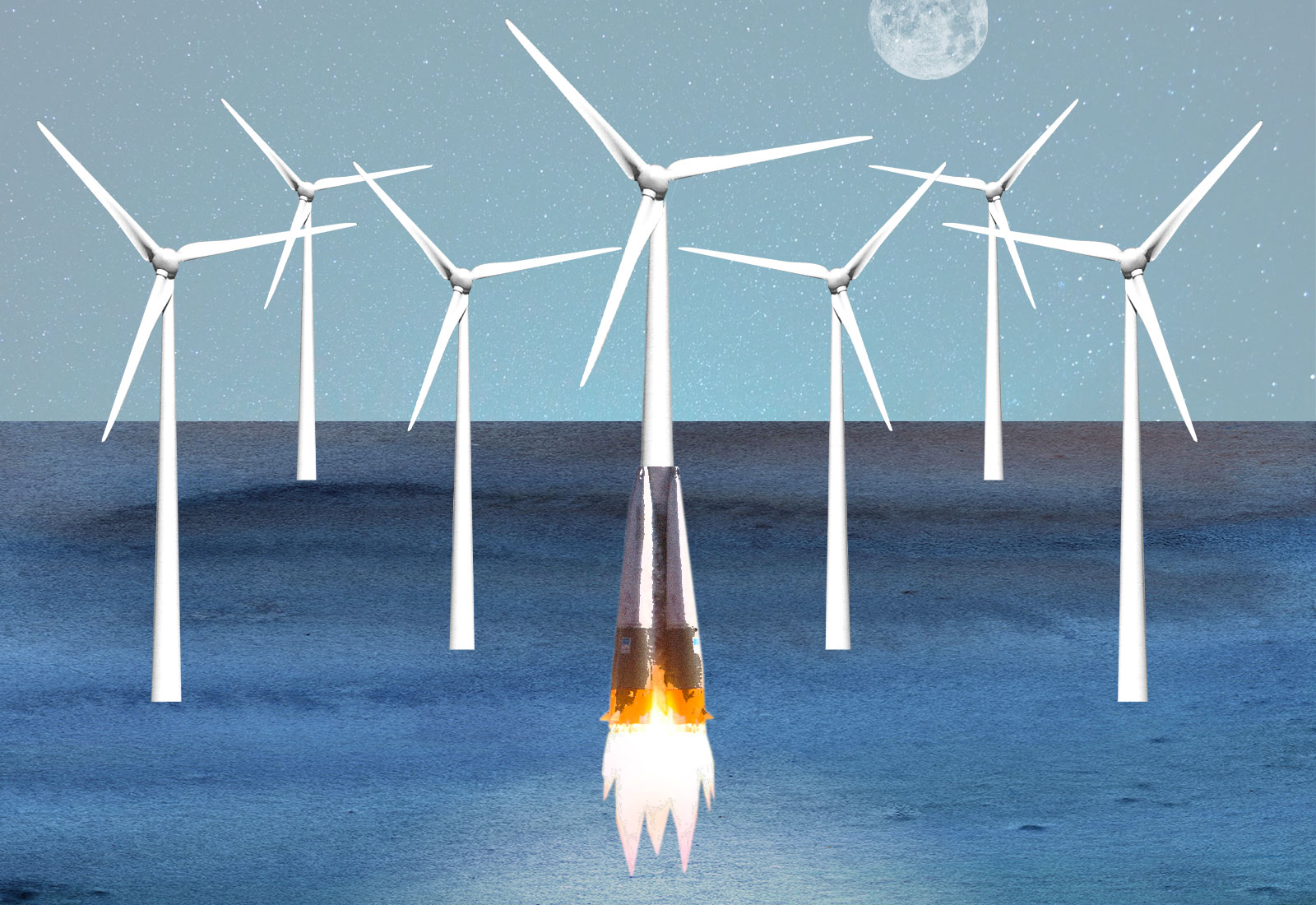In 2013, I took my first trip to Europe to see offshore wind turbines spin at the Anholt wind farm, nine miles off the coast of Denmark. The experience was just as jaw-dropping as my several visits to NASA’s Kennedy Space Center in Florida, home to the 36-story-tall Saturn V rocket that sent men to the moon. The turbines were similarly massive, stretching 46 stories into the air every time the tip of a blade reached the high noon position.
I was there as a reporter for the Boston Globe, following members of a Massachusetts trade delegation pondering how to bring similar technology to their home state. Construction was nearly complete on the 111-turbine, 400-megawatt complex at Anholt that would provide enough juice to power 400,000 Danish homes. Our boat tour passed by a mammoth “jack-up” installation vessel loaded with towers, blades, and nacelles (the housing for the gearbox and electronics). Despite rough seas, my excitement to photograph these mechanical skyscrapers lured me to the edge of the boat. A member of the delegation held onto my coat to make sure I wouldn’t fall into the deep.
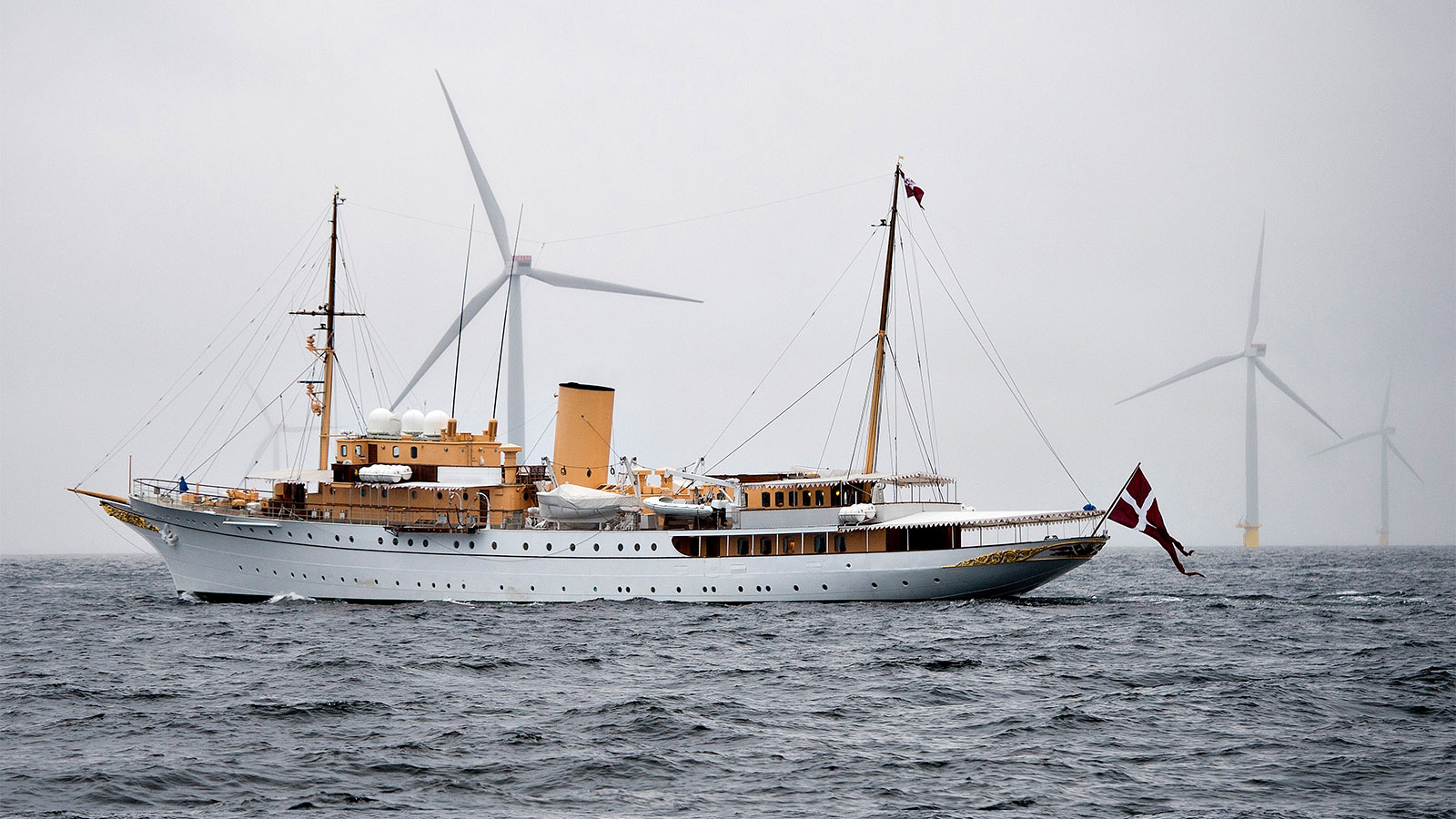
Back on land, we toured port facilities in Denmark and Germany, where it was clear that the men and women behind the manufacture and deployment of turbines as big as a house and blades approaching the length of football fields were equally in awe of these machines. “This is our German moon landing,” Ronny Meyer, then the managing director of WAB, a public-private wind agency in Bremerhaven, told me at the time. “Like John F. Kennedy’s speech launching the [American] aerospace industry, we are doing something we’ve never done before in the ocean.”
At the time, it seemed that the United States would also lift off into this burgeoning renewable energy space with Cape Wind, a 130-turbine project in Nantucket Sound. The gargantuan components for the wind farm would be deployed from a $113 million marine commerce terminal that then-Massachusetts Governor Deval Patrick broke ground on the same year as my trip. Members of the trade delegation talked about offshore wind creating “our Cape Canaveral,” and Massachusetts becoming the “Silicon Valley of wind.”
Seeing how the industry resuscitated German port towns such as Bremerhaven and Cuxhaven, I wrote at the time that offshore wind gave new hope to struggling cities like New Bedford, an hour south of Boston. I added that the industry needed far more support beyond that offered by Patrick and then-President Barack Obama as offshore wind still had many detractors. U.S. utilities were skeptical about the bottom-line costs of offshore wind energy. Fossil fuel and fishing interests saw ocean wind farms as a threat, and coastal property owners saw them as an eyesore.
Alas, as Europe ventured into that uncharted universe of renewable energy, the naysayers kept scrubbing the U.S. launch of the industry. Cape Wind died under endless lawsuits bankrolled by a Koch brother and aesthetic opposition by the dynastic Kennedy clan.
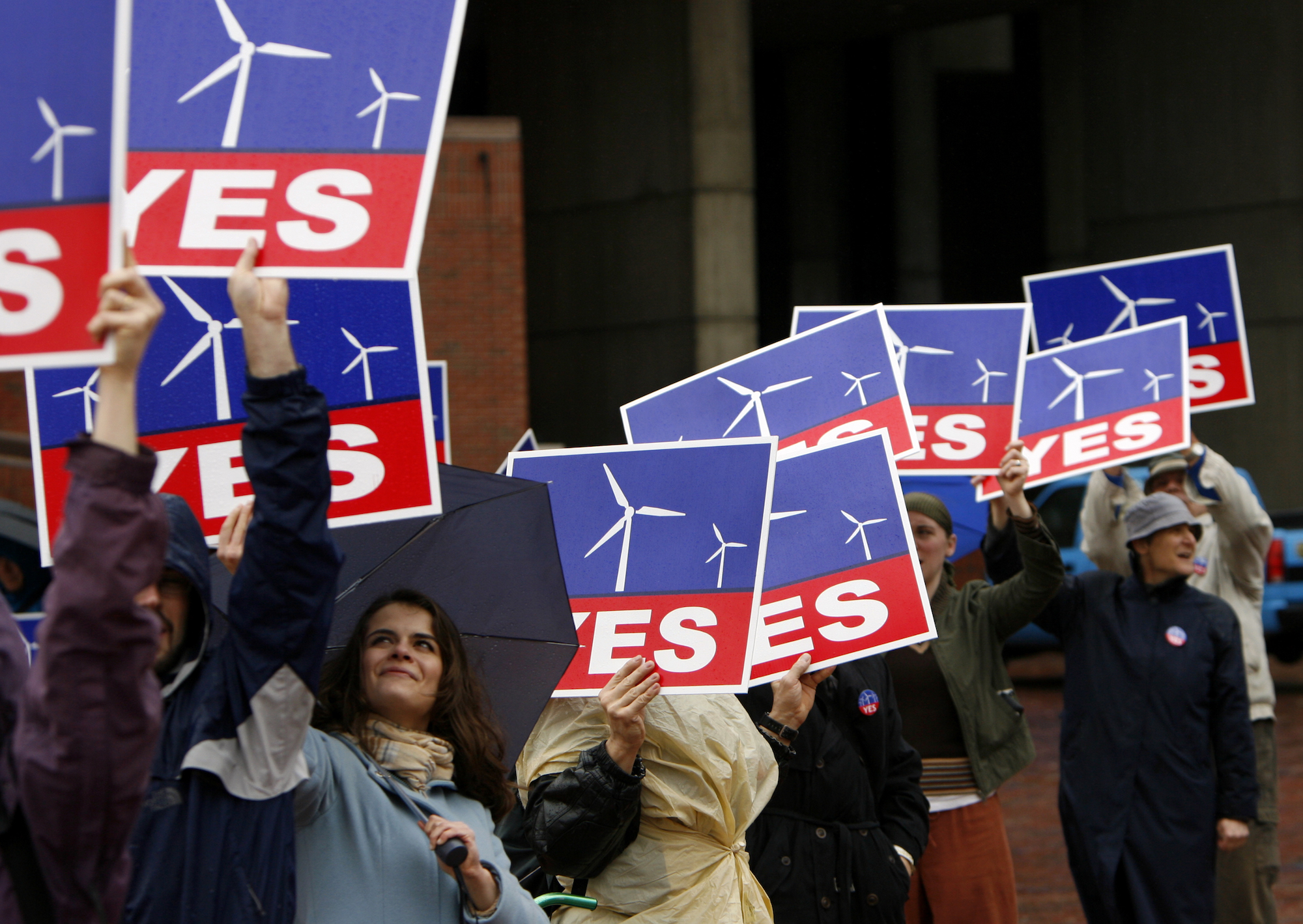
Offshore wind’s prospects then underwent hopeful twists and torturous turns. States on the East Coast began to set aggressive targets for renewable energy, so offshore wind developers saw an opportunity beyond Cape Wind and kept bidding on U.S. waters. The Trump administration, no friend to environmental issues, even held a record-breaking, $405 million auction of waters far south off Martha’s Vineyard in 2018.
Then, however, opponents of offshore wind, most notably the fishing industry, got Trump’s ear. The environmental permitting process for offshore wind farms suddenly ground to a halt. By the 2020 election, the U.S. remained stuck at a measly 7 turbines in the waters off Rhode Island and Virginia, putting out a puny 42 MW, barely a tenth the power of Anholt alone. That made the election one where the future of offshore wind in this country hung in the balance.
“It’s a tragedy,” said Seth Kaplan, director of external affairs for Mayflower Wind, a major offshore wind farm that’s being developed in New England “We basically lost one, two, maybe three generations of projects.”
Jim Lanard, CEO of Magellan Wind, which is involved in developing next-generation, floating-turbine technology off the California coast, added, “There’s no question that we’ve missed out on tens of billions of dollars of assets and thousands and thousands of jobs.”
Today, Europe has 5,400 turbines rising from the ocean with a capacity of 25 gigawatts, of energy – enough to power more than 8 million homes. As the global manufacturing hub for the offshore wind industry, the European Union said in 2019 that the sector accounted for 210,000 jobs across its 27 member nations and the United Kingdom.
Both the E.U. and U.K. – which left the E.U. last year — are planning for far more offshore wind power. Tracking with ever more aggressive greenhouse gas reduction targets, the E.U. wants to reach 60 GW by 2030 and 300 GW by 2050. British Prime Minister Boris Johnson pledged last year in a speech that the U.K. would install enough turbines over the next decade to power all of its 30 million homes: “Your kettle, your washing machine, your cooker, your heating, your plug-in electric vehicle — the whole lot of them will get their juice cleanly and without guilt from the breezes that blow around these islands.”
Prior to the 2020 election, most observers believed that a President Biden would put the U.S. offshore wind industry back on the launching pad in some form. And he has – with ambitious targets that rival the boldness John F. Kennedy offered in his speech about putting a man on the moon (which came while the Russians were way ahead in the manned-spaceflight race). “To be sure, we are behind, and will be behind for some time in manned flight,” President Kennedy said in 1962. “But we do not intend to stay behind, and in this decade, we shall make up and move ahead.”
In late-March, the Biden administration announced a national goal of 30 GW of offshore wind energy by 2030 – which could power over 10 million homes. That would give the U.S. the same capacity of offshore power over the next 9 years that it took Europe 30 years to build. While Biden is unlikely to deliver a speech on offshore wind to rival JFK’s moon speech, there is no doubt that we suddenly have a White House possessed with a futuristic vision akin to what I saw on that 2013 trip to Anholt.
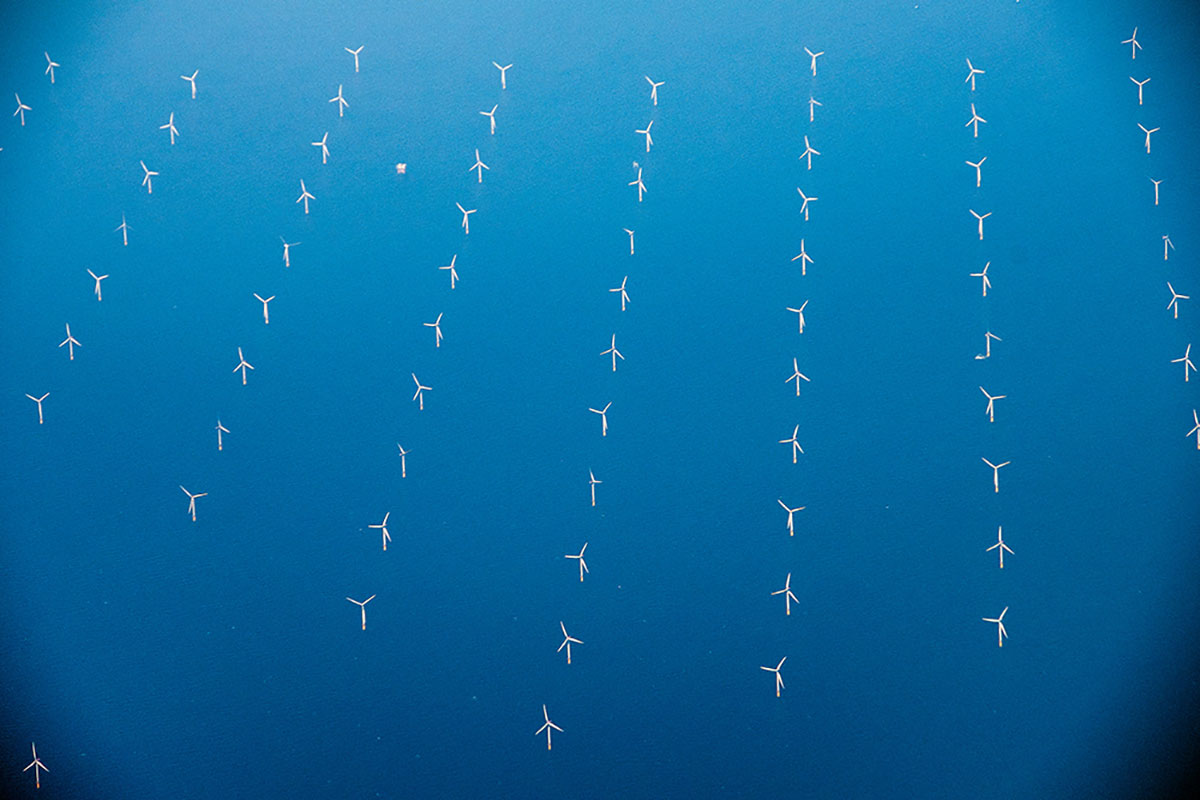
Energy Secretary Jennifer Granholm had the honor of laying out the Biden administration’s target, and she rattled off a litany of direct jobs, totaling 44,000, that the department estimates would be created along the way: “We’re going to send a gust of growth reaching from coast to coast,” she said. “This isn’t just about the engineers and construction workers that are installing these turbines and the technicians that are maintaining them. Think of the miners and smelters producing the steel and iron for the towers and foundations of the turbines, and the legs and the platforms of the jack-up rigs. Think of the shipbuilders assembling the hulls of the installation vessels.”
She also noted that another 33,000 jobs could be created to support the burgeoning industry. Then cutting to the chase, Granholm proclaimed: “This is a can’t-miss opportunity.”
Her assessment is bolstered by efficiencies developed in Europe that have made offshore wind financially competitive with fossil fuels. Turbine power per machine has exploded in the last decade, for example, and is four times greater than what I saw on display at Anholt – meaning each turn of the blades generates more energy.
Longtime and often long-suffering industry experts certainly hope so. “I see the landscape as totally set up for success,” Stephanie McClellan, founder of the University of Delaware’s Special Initiative on Offshore Wind, told me, ahead of the announcement of the 30 GW goal. “We’re on the precipice of a revolution that we’ve been waiting for, for too long,” added Bill White, head of offshore wind at Avangrid Renewables, which is a partner in Vineyard Wind, the first scheduled major offshore wind farm on this side of the Atlantic.
Developers say Vineyard Wind will generate enough power for 400,000 homes and cut emissions equivalent to taking 325,000 cars off the road each year. And Massachusetts energy officials estimate that it combined with Mayflower Wind, another 800 MW project south of Martha’s Vineyard, will save ratepayers a combined $3.8 billion over the 20-year life of their contracts compared with consumer’s current energy sources.
Add to that the findings of researchers at the U.S. Department of Energy and the University of Massachusetts Amherst who estimate that the future costs of onshore and offshore wind combined could be cut by a third by 2035 and nearly halve by 2050. “All else being equal, these trends will enable wind to play a larger role in global energy supply than previously thought while facilitating energy-sector decarbonization,” said Joachim Seel of Lawrence Berkeley National Laboratory, who was part of that team.
Of course, the revolution has been so long in coming that, McClellan, White, and most other proponents still are crossing fingers on both hands. Alicia Barton, CEO of New England’s FirstLight Power and former head of clean energy efforts in both New York and Massachusetts, used a football analogy about closing in on scoring a touchdown: “You hold your breath a little bit,” she said. “We’re in the red zone. But the red zone is not the end zone.”
For the U.S. offshore wind industry, getting into the end zone will require penetrating the gridlock that is currently the biggest challenge it faces. Over the past few years, East Coast states have laid out nearly 28 GW worth of offshore wind goals, led by New York, New Jersey, and Massachusetts. The backlog of project proposals nearly achieves that capacity.
“You don’t want to see a project accidentally in jeopardy because it can’t move fast enough along the queue,” said Doug Pfeister, a longtime consultant for offshore wind siting, permitting, and regulatory matters.
Getting the queue moving starts with restoring staffing at the Bureau of Ocean Energy Management, or BOEM, which will handle the processing of offshore wind environmental reviews, lease sales, and construction permitting. That is an urgent concern as the Biden administration has begun a massive fast-tracking of environmental reviews, beginning with Vineyard Wind; South Fork Wind, a 15-turbine, 130 MW project off the eastern tip of Long Island; and Ocean Wind, a 1.1 GW project off the coast of New Jersey. BOEM was one of many agencies where Trump appointees crippled environmental science. It lost nearly 50 of its 450 scientific staffers, a high watermark during the Obama administration, according to the Union of Concerned Scientists. BOEM also lost one out of four of its oceanographers.
“As of today, BOEM does not have the resources to streamline and get what needs to be done,” said Magellan Wind’s CEO Lanard. “We do not want to be asking again down the road what should’ve been.”
There is logistical gridlock, in addition to the bureaucratic kind. Take the issue of ports. The U.S. does not have the vast space old European ports. Thus, the question arises: Can New York, New Jersey, Maryland, Virginia, and Connecticut, which all have plans in the works, provide enough dock space and infrastructure in time to support the explosion of projects – as well as the possibility of major manufacturers building factories here to further catalyze the industry?
Willett Kempton, founder the University of Delaware’s Center for Research in Wind, is optimistic. “There’s going to be glitches,” Kempton said. “We can work around a lack of ports, if we have to. I think what is more important is that now we finally have strong pressure from government and public sentiment to get things done.”
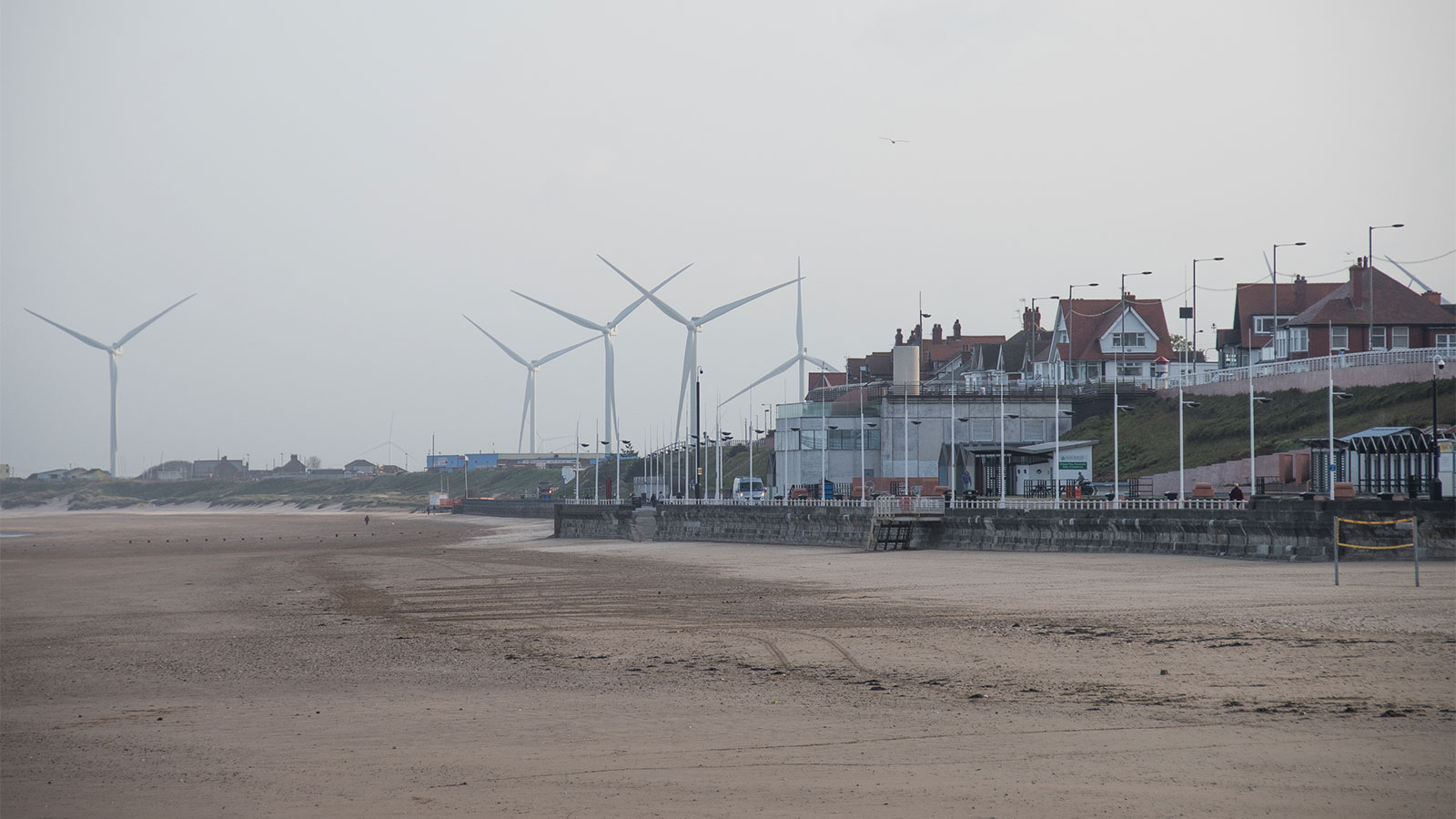
White, who prior to Vineyard Wind spent years at the Massachusetts Clean Energy Center trying to jumpstart the industry, believes supply chain hiccups are simply a part of scaling up. “To borrow from John Lewis, we’ve got ‘good trouble’ now,” he said. “These are solvable problems.”
The groundbreaking this month of a factory in New Jersey for 2,500-ton turbine foundations, the plans for a tower plant in Albany, the talk of a blade facility in Virginia, and the building of installation vessels in Texas seem to suggest that Kempton and White’s optimism is founded. Perhaps, soon we might begin to realize some of those 44,000 direct jobs and 33,000 indirect jobs in goods and services that the Biden administration claims will sprout up in offshore wind hubs.
Still, the trouble that grounded the offshore wind industry hasn’t disappeared. Some East Coast communities are still fighting the developments, especially in locales where transmission cables from wind farms could make landfall. And commercial fishing groups complain that Biden’s fast-tracking of offshore wind will inflict heavy damage on their industry.
Fishing groups in New England have enough political support, from both sides of the aisle, to ensure their concerns are heard. “There’s no reason to come into this like a bunch of gangbusters ready to take the whole place over — it’s a public ocean for Pete’s sake,” Democratic Rhode Island Senator Sheldon Whitehouse recently warned offshore wind advocates. “Have a little humility for people who’ve been in it for generations, when you’re just showing up.”
Environmental advocates, of course, are applauding the suddenly promising future for offshore wind. That includes New York City-based environmental justice groups who see a planned wind turbine assembly facility at the South Brooklyn Marine Terminal as a means to boost racial diversity in offshore wind jobs. “The history of New York City was written at the water’s edge,” Elizabeth Yeampierre and Angela Adrar, two prominent figures in grassroots environmental advocacy, wrote in an op-ed. “How we leverage our waterfront at this inflection point will define our era’s response to the dual crises of growing climate disruption and mounting inequality.”
Matt Morrissey, head of U.S. market affairs and strategy for the Danish-based energy company Ørsted is convinced it is truly offshore wind’s moment. “We’ve got a president who realizes that climate change is a crisis and a team in Washington that understands what this industry can do at scale,” Morrissey told me. “We’re now a long way away from that dark period of no market and no activity.”
I recognize that optimism. Back in 2013, Morrissey was on that trip to Anholt as the head of economic development for New Bedford, Massachusetts, trying to secure that struggling city’s bid to be an offshore wind hub. Eight years later, and now thousands of turbines behind Europe, the question is whether the new activity will see offshore wind finally scale the gantry on the launching pad, let alone reach toward the skies with machines that are now twice the height of the Saturn V.
As John F. Kennedy said, “The exploration of space will go ahead, whether we join in it or not, and it is one of the great adventures of all time.” The same is true of offshore wind.

